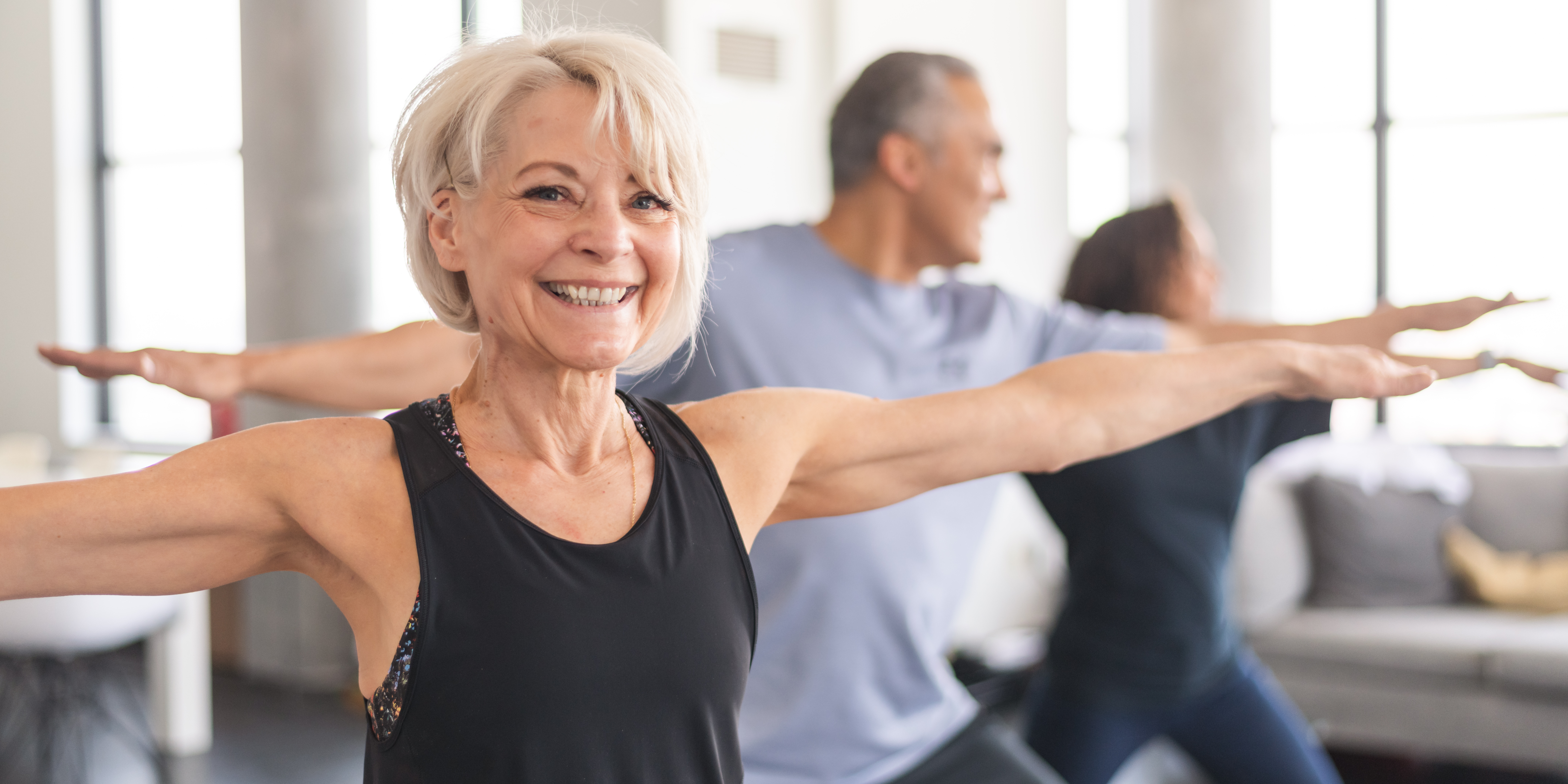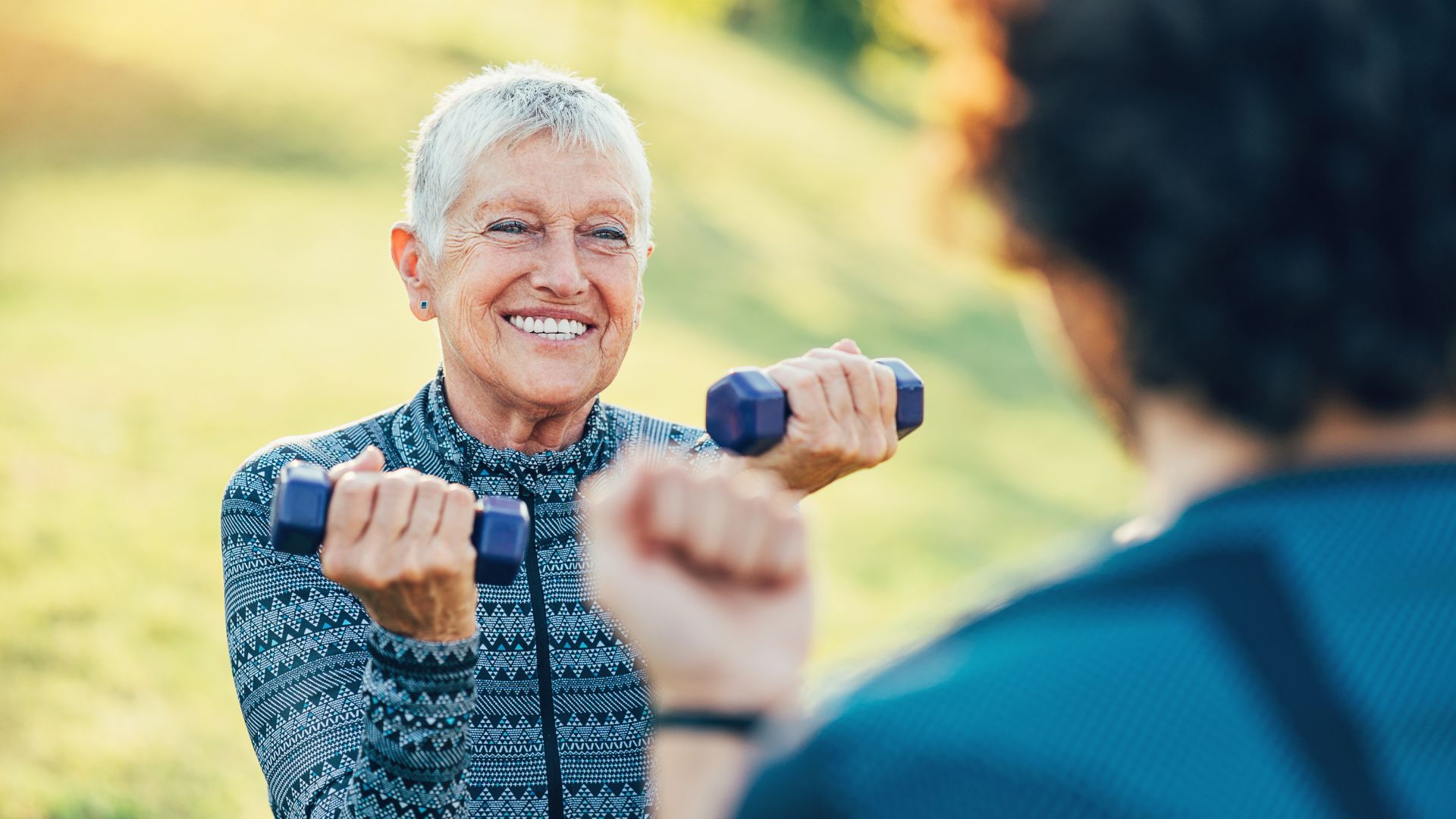Ah, joint pain—the unwelcome guest that disrupts our daily groove. If this is a regular occurrence for you, the culprit could be a decrease in estrogen, which plays a crucial role in maintaining healthy joints. As estrogen levels decline during menopause, joint pain can arise due to factors such as increased inflammation, cartilage degeneration, and a heightened risk of osteoporosis.
Recognizing the impact of lower estrogen levels on joint health is the first step toward finding relief. Embracing Traditional Chinese Medicine (TCM) might be the next. Read below for a fascinating journey where ancient wisdom meets modern-day joint care and discover how TCM can help you bid farewell to those pesky joint pains.
Yin and Yang: Restoring Balance for Happy Joints
Picture a seesaw—when one side is out of sync, the other side suffers. TCM believes that joint pain is often caused by an imbalance in the body’s Yin and Yang energies. Yin represents the nourishing and cooling aspects, while Yang represents the active and warming elements. Through acupuncture, herbal remedies, and lifestyle adjustments, TCM aims to restore the harmonious dance between Yin and Yang, bringing your joints back to their happy place.
Acupuncture: The Art of Needle Magic
Who would have thought that tiny needles could hold the key to joint pain relief? In TCM, acupuncture is a star player in the pursuit of balance and vitality. By inserting hair-thin needles into specific points along energy pathways (meridians), acupuncture stimulates the body’s self-healing mechanisms. Not only does it help relieve pain, but it also promotes circulation, reduces inflammation, and encourages the smooth flow of Qi (life energy).
Herbal Remedies: Nature's Joint Superheroes
TCM believes in the power of nature’s pharmacy when it comes to joint pain relief. There is a treasure trove of herbal remedies that have been used for centuries to address joint discomfort. From the mighty Turmeric and its anti-inflammatory prowess to the gentle yet effective Boswellia, these herbs are like superheroes.
Movement Medicine: Qi Gong and Tai Chi
When it comes to joint health, TCM recognizes the importance of movement and exercise. Enter the realm of Qi Gong and Tai Chi—ancient Chinese practices that combine gentle movements, deep breathing, and mindfulness. These graceful exercises not only improve flexibility, strength, and balance but also promote the smooth flow of Qi, helping to relieve joint pain and increase overall well-being.
Traditional Chinese Medicine offers a holistic and captivating approach to joint pain relief. It offers the opportunity to let your joints rejoice as you dance with wisdom and infuse your healing process with a touch of fun and wonder. Remember, consult with a qualified TCM practitioner or healthcare professional to customize your approach, and get ready to step into a future of pain-free, joy-filled joints!







